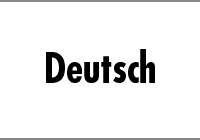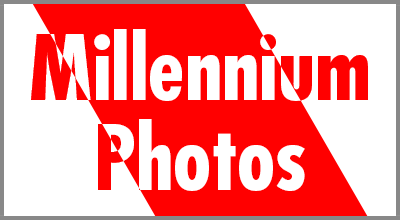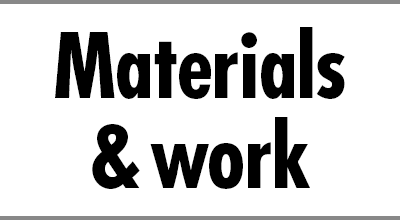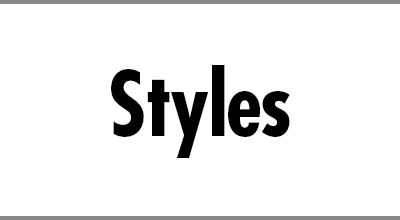Daguerreotype refers to one of the earliest photographic techniques for practical use which was invented following the invention of heliography, which is regarded as the world’s first photographic technique, and refers to photo prints obtained with this technique.
Daguerreotype creates images on silver-plated glossy plates made of metal such as copper.
Daguerreotypes and Millennium Photos both produce black and white images on the surface of metal plates and these images have a metallic gloss.
However, their appearance is completely different. Daguerreotypes have reflections similar to those in a mirror; therefore, you can see your face reflected in a daguerreotype if you view it straight-on in the same way as when looking in a mirror. In order to correctly view a daguerreotype, it is necessary block out light illuminating your face so that you will not focus on your own reflection, or to view it from an angle where the daguerreotype reflects a dark background or black object. It is difficult to clearly view a daguerreotype while it is reflecting your face or other bright objects. If it is viewed within a range where the reflected light, particularly from a position where the viewer can see the reflection of the light source, the black and white parts will be reversed (appearing as a negative image).
By contrast, Millennium Photos can be viewed from any position, can be clearly seen from an angle, and the brightness of the image changes depending on the viewer’s position, giving many nuances to the image.
Daguerreotypes re-create tones using differences in the degree of reflection on a surface. They have smooth gradations and capture details well, and are not very different from common black-and-white photographs printed on photographic printing paper in this regard. In fact, they look more detailed than paper photographs.
The following is a slightly technical explanation.
Daguerreotypes convert the contrast of various parts of an image into subtle differences in amounts of concavity and convexity, rather than into differences in intensity of saturation, as with common black-and-white photographs on printing paper. They are like photo impact printing, only finer. Daguerreotypes change the degree of reflection from different parts of the image through this concavity and convexity to mimic the contrast of the object.
Have a look at a nearby silver-colored metallic product with fine granule surface processing, such as a laptop, mobile device, cosmetics case, pen case, or item of tableware made of stainless steel or aluminum alloy
Meanwhile, when you look at a metallic surface with mirror surface processing with chromium or other plating applied after thorough polishing, you can see a complete mirror-like shine. Dark objects appear dark when reflected in mirrors; however, the way such objects appear differs depending on the angle they are viewed from. For example, if the light comes from an angle where its reflection enters the viewer’s eyes, dark objects will appear bright. The dark parts of a daguerreotype have the same effect as this.
Daguerreotypes are black and white images; however, none of the metallic surface is discolored black or grey. As mentioned above, such parts only appear to have brightness and darkness when viewed from a specific angle due to differences in the degree of surface shininess; therefore, daguerreotypes do not always have the same appearance.
Moreover, the contrast is always low, and the image appears blurred even if viewed from the optimal angle. This is a weakness of daguerreotypes due to the technical principle that contrast is shown based on the degree of reflection, not based on the intensity of image saturation. In this way, it can be said that daguerreotype is a printing method which is fundamentally limited in terms of reproducing brightness. This is perhaps one reason why daguerreotype did not stand the test of time, nor was further developed in the history of photographic techniques.
The surface of a Millennium Photo is not smooth as a common photograph, but is like a sculpture, with indentations. These indentations are an enormous number of fine grooves, and although they are not able to re-create very fine details, they give a sparkle to the image that no common photographs can do.
Millennium Photos are similar to daguerreotypes and metal prints in that the luster, concavity and convexity of the surface cause light reflection. However, unlike daguerreotypes, Millennium Photos do not depend on the difference in the angle of reflection caused by the luster of concavity and convexity in order to re-create contrast. This is because contrast is created through darkness, in other words the black-color processing on the surface of stainless steel, and not by luster.
Due to this, Millennium Photos achieve both clear image reproduction from any angle, and luster under strong light.
Daguerreotype is a forgotten technique, which was already close to being perfected approximately one hundred and seventy years ago, and it remains fundamentally the same today as it was back then (there is a simplified version of this technique invented in recent years, but the end result is believed to be inferior). Due to the popularity of classic image printing techniques in recent years, it appears that daguerreotypes are being produced in various places.
Millennium Photo is a technique which developed solely by ourselves, we have obtained patents for it (Japanese patent registration complete, US patents pending), and it is a completely new methodology. It is not a classic image printing technique, but rather is closer to sculpture.
While a daguerreotype cannot be duplicated, it is possible to make multiple copies of Millennium Photos that are the same to some extent.
Daguerreotype produces images in which right and left are reversed; however, Millennium Photos of photos show right and left sides correctly.
Since daguerreotypes are very fragile, they degrade if touched by hand or exposed to open air. On the other hand, Millennium Photos are extremely strong and do not need special care if kept in a regular indoor environment. Daguerreotypes have a special feel to them and it can be said that their value is as objects to behold, rather than in their image quality or durability. Millennium Photos, on the other hand, are characterized by their durability and reproducibility in volume. If you actually see one with your eyes, you will instantly be convinced of the difference between the two.
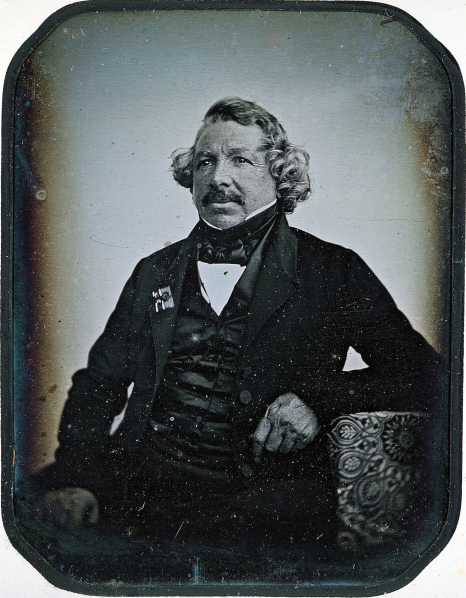
Images of Daguerre, photograph
by Daguerreotype in 1844
Jean-Baptiste Sabatier-Blot
“Louis Jacques Mandé Daguerre”
From George Eastman House Collection




